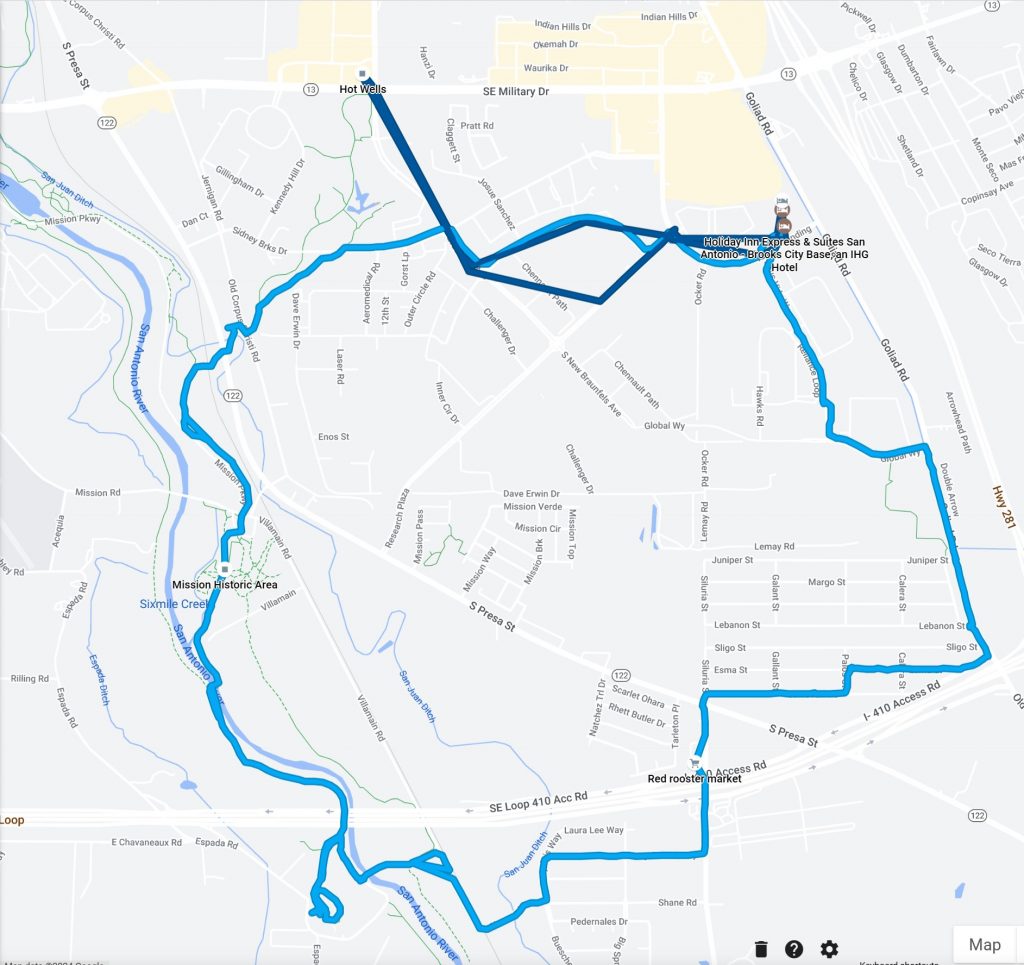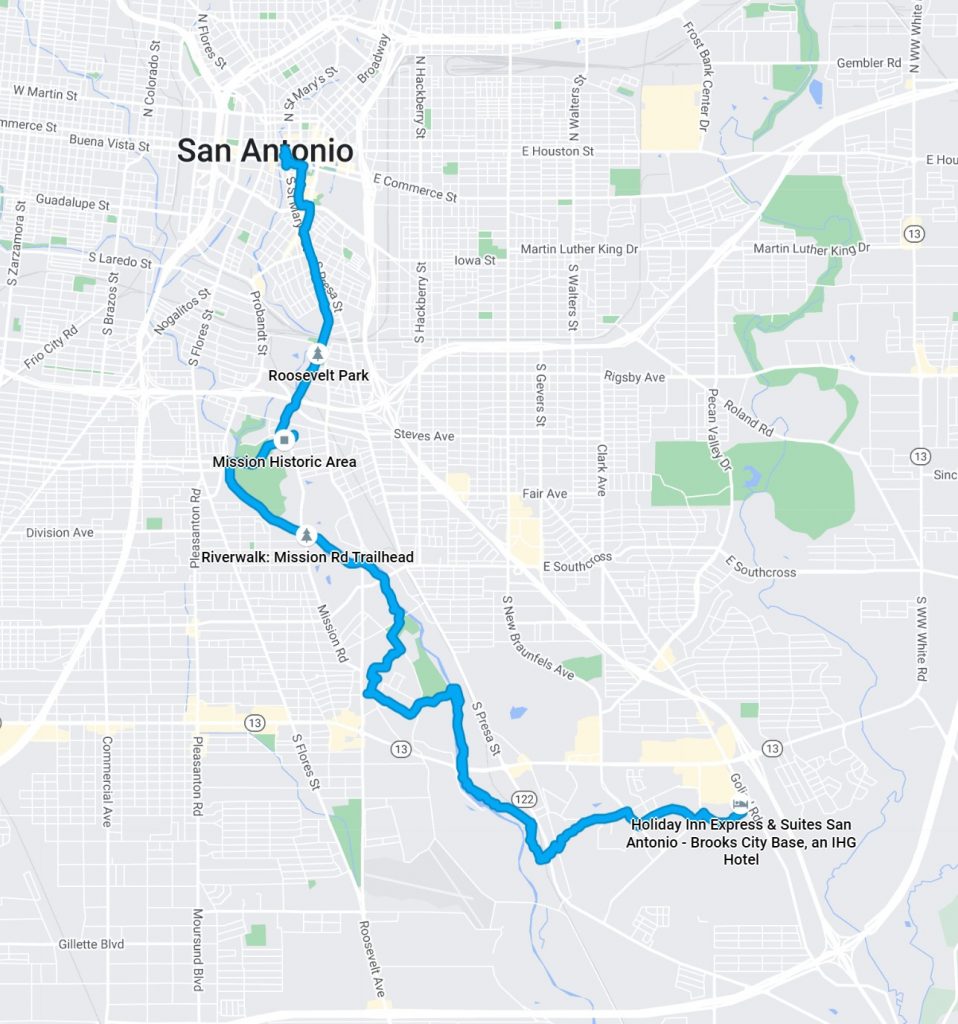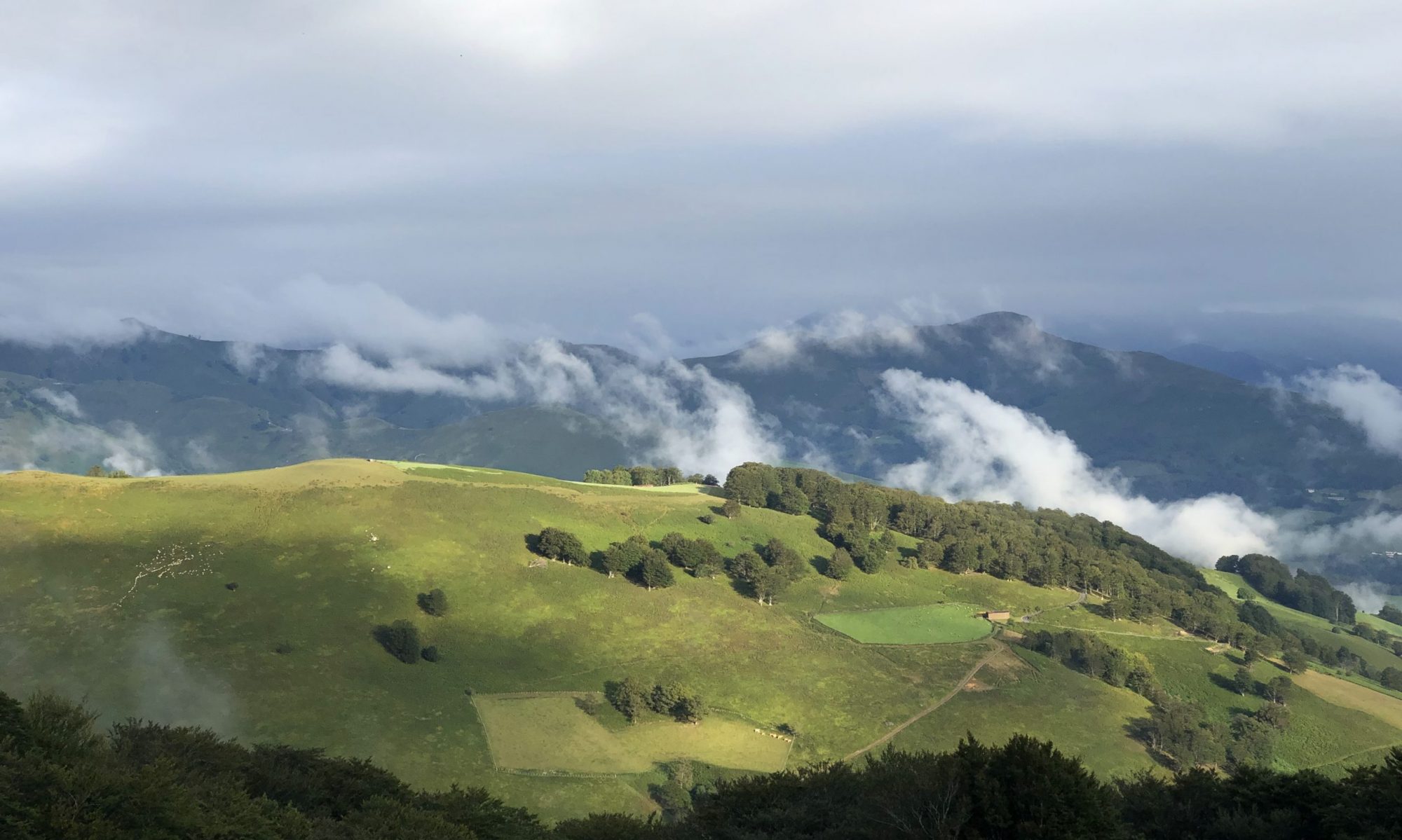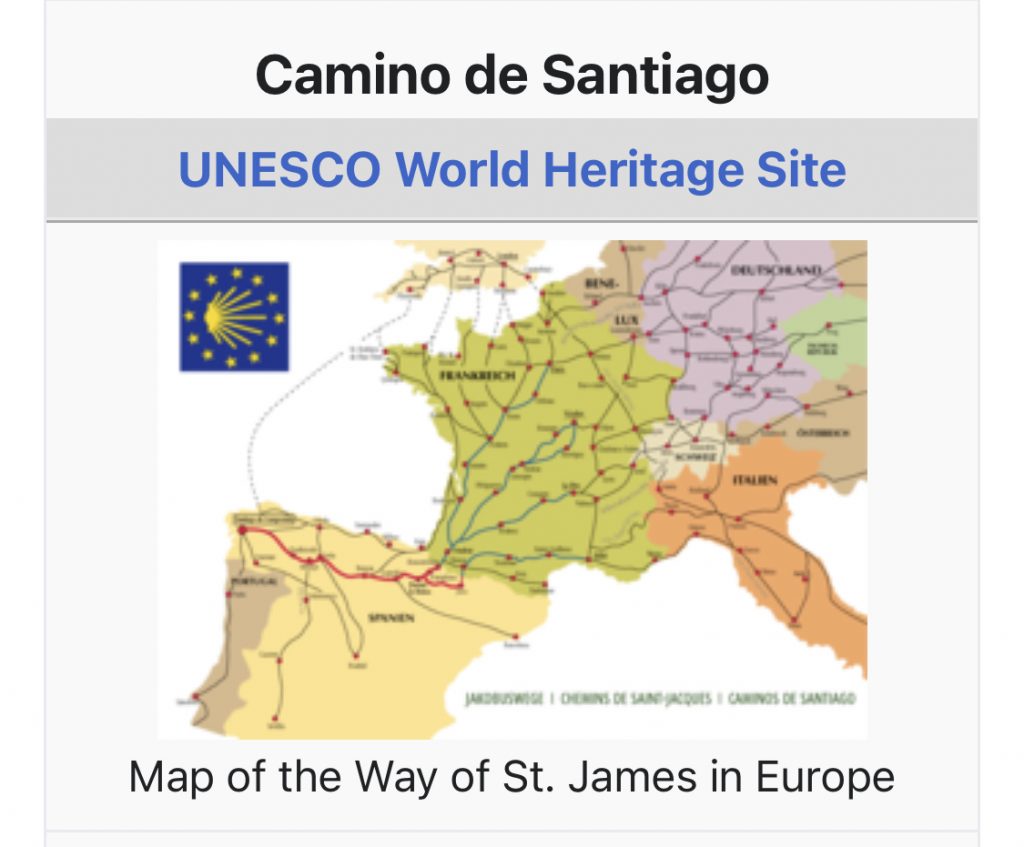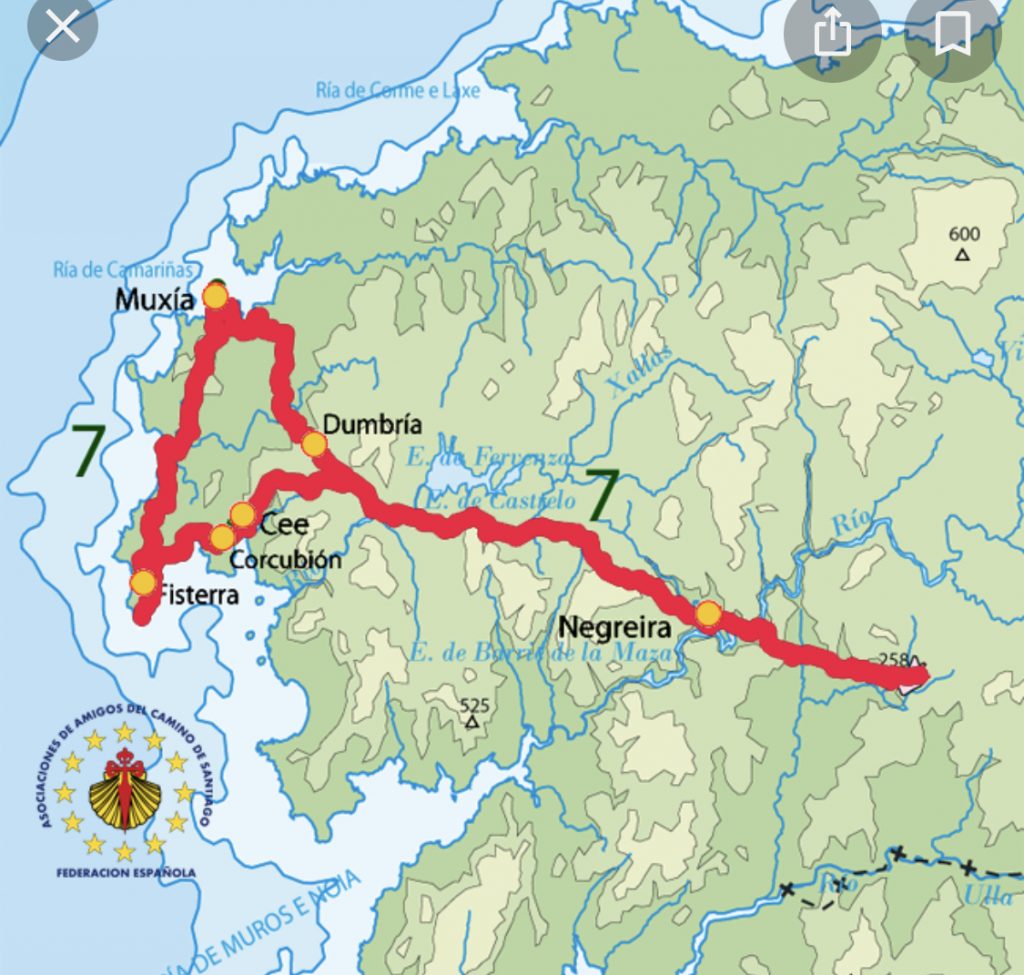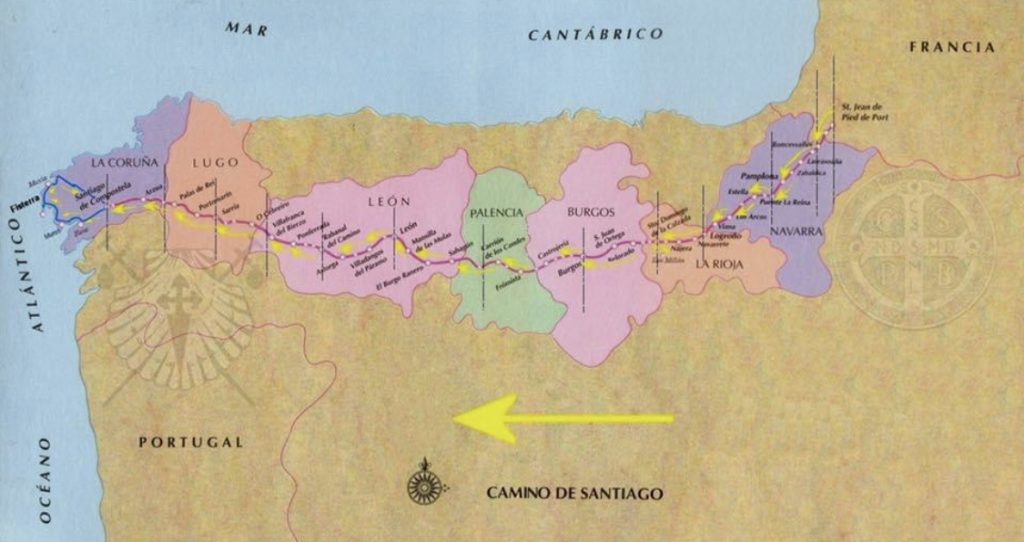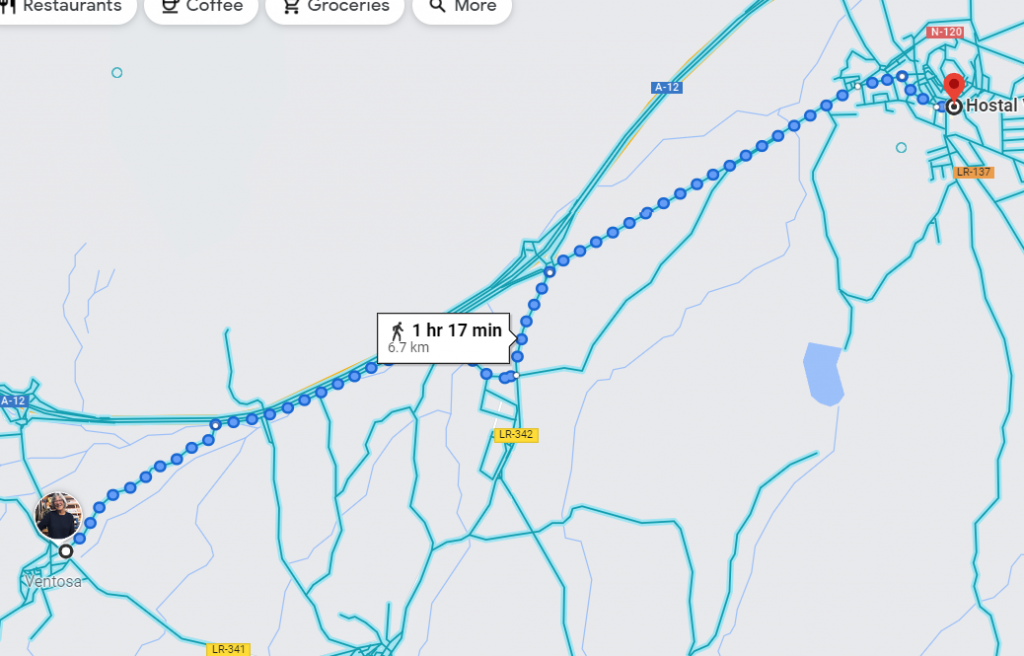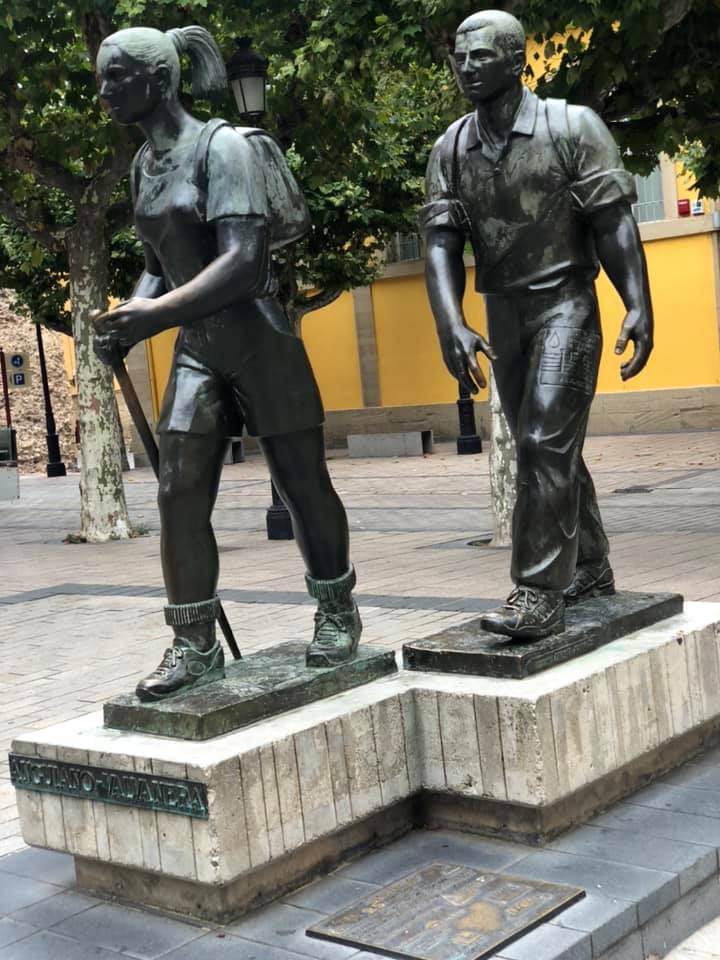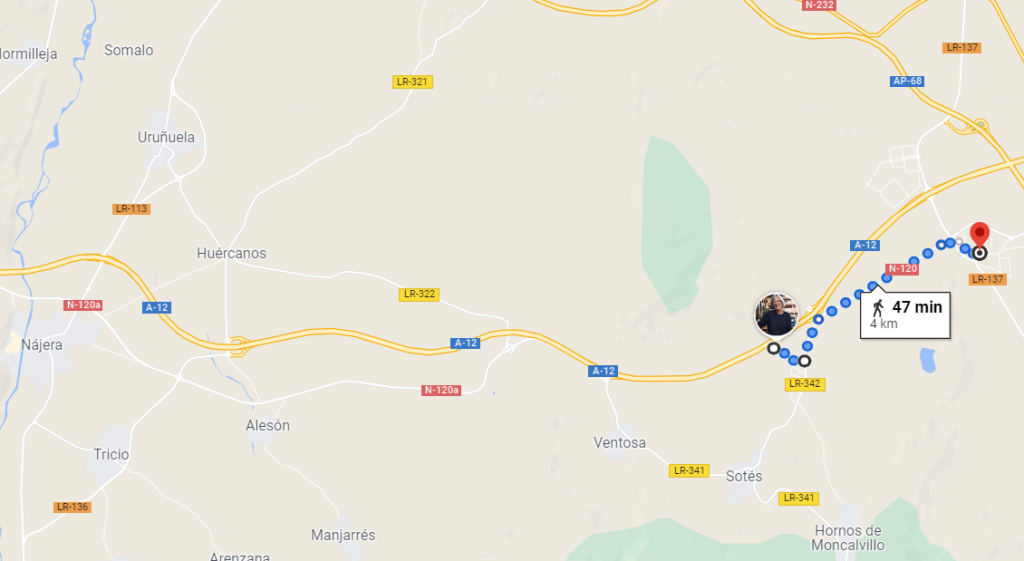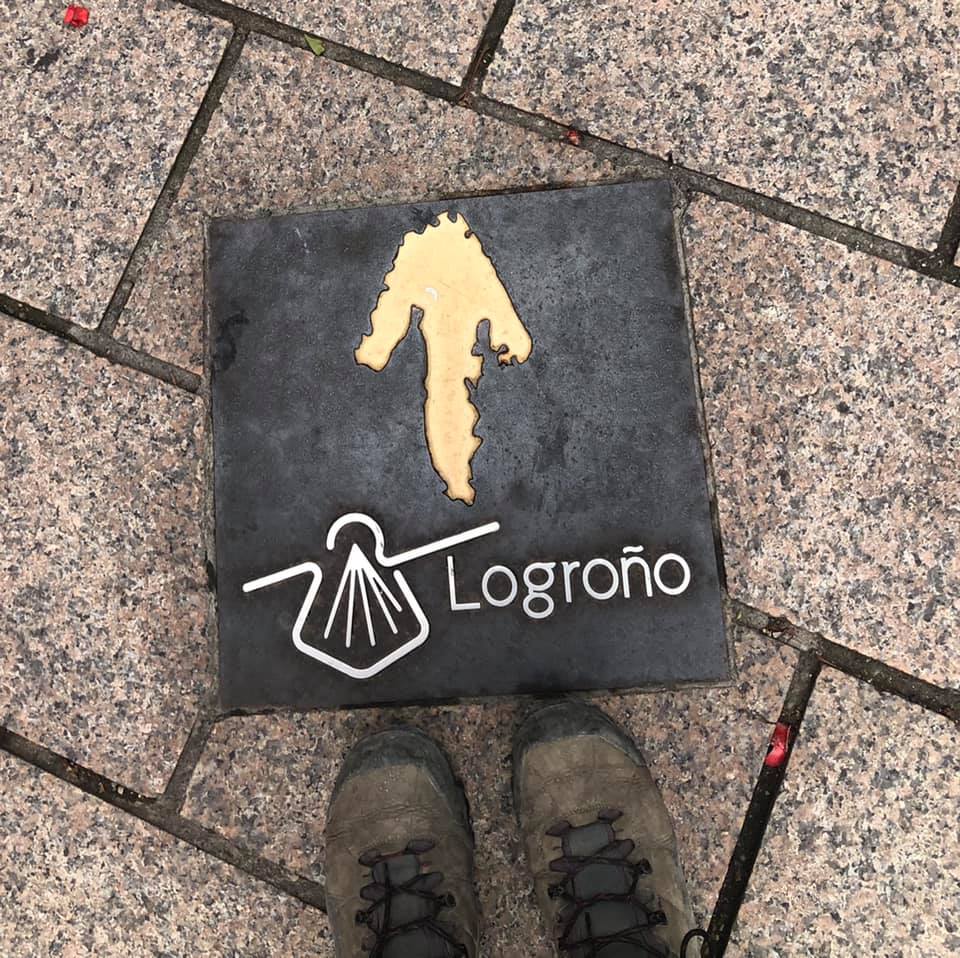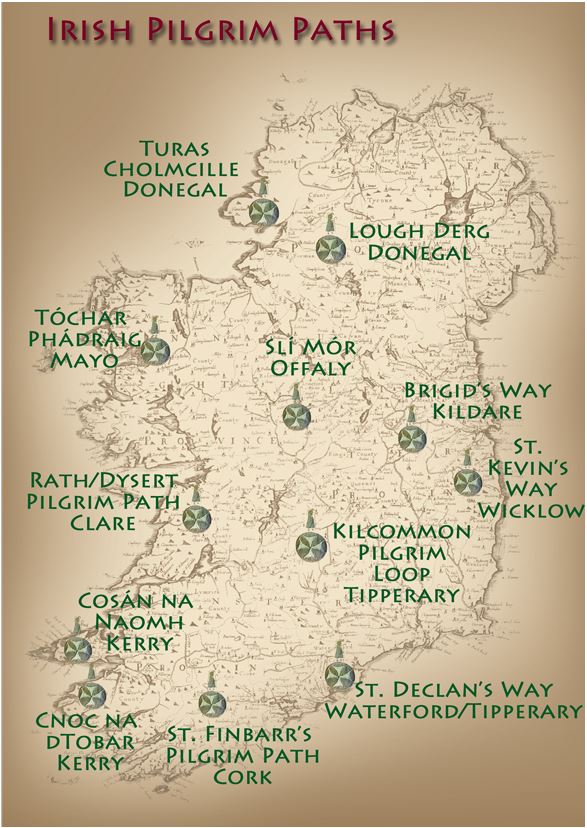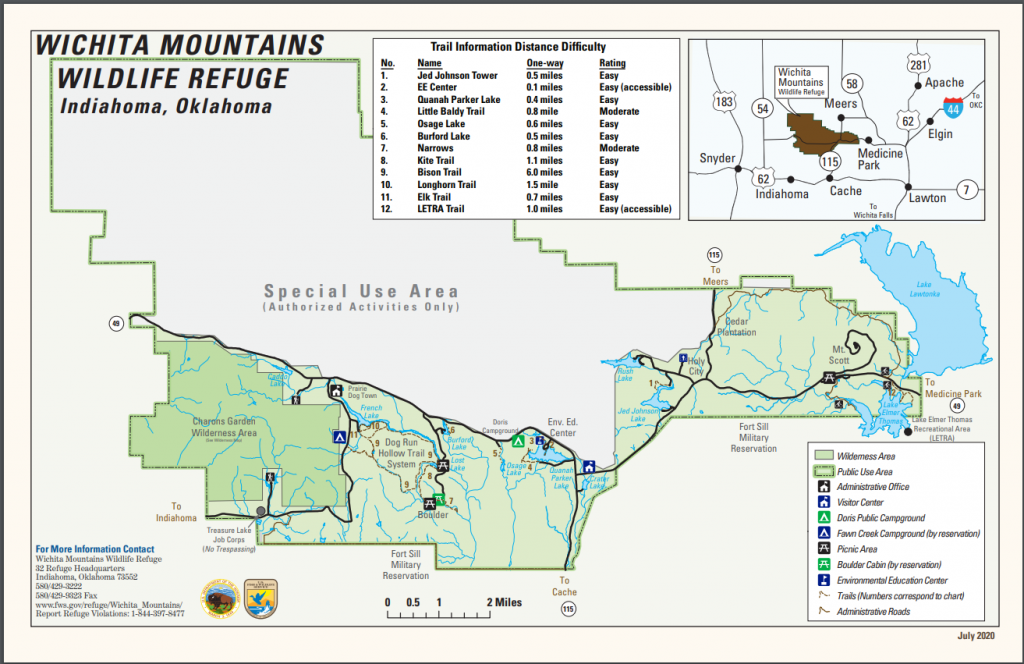El Camino de San Antonio Missions
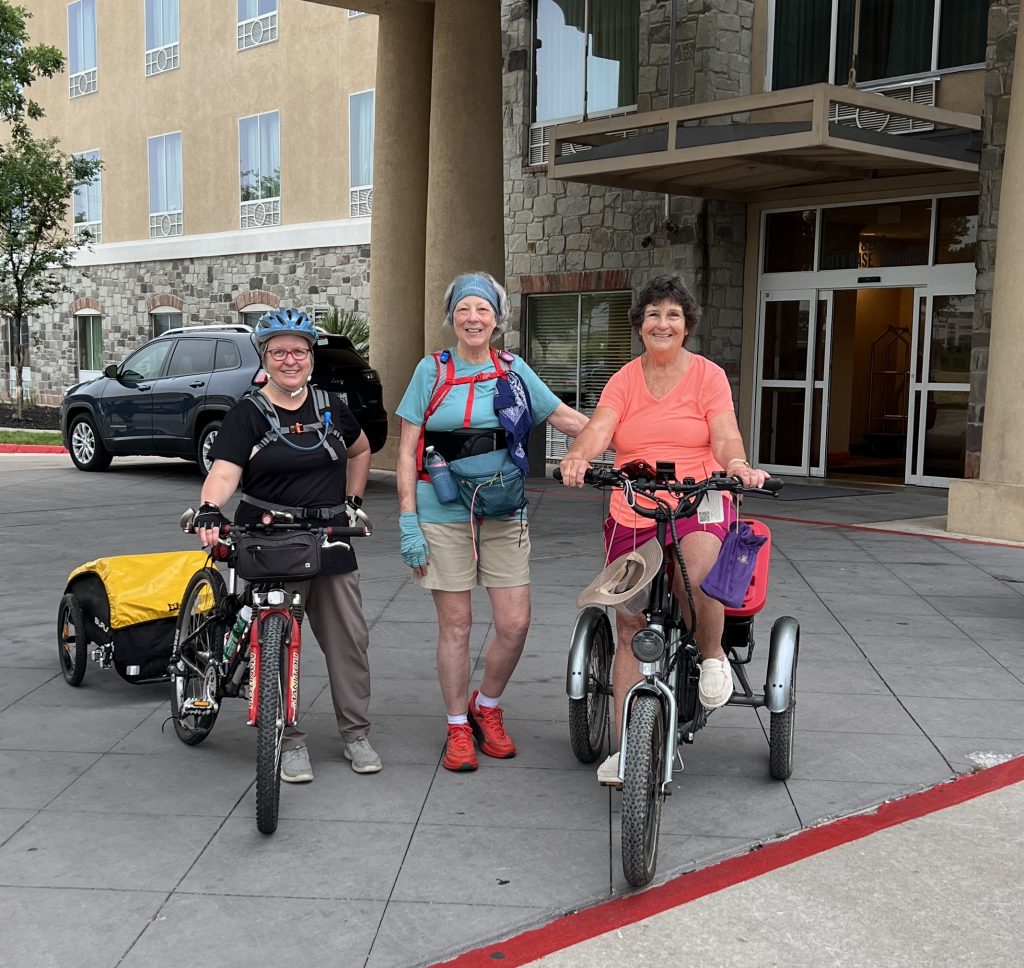
Marie and I spent our childhoods together. I was ten and she was eight when I moved to the neighborhood. Mendy’s dad & his family lived two doors down from Marie. I am 76.
The walk is through “four eighteenth century Spanish Missions and the oldest functioning Cathedral in Texas. San Antonio is the only place outside Europe that you can officially begin walking the El Camino de Santiago.” El Camino de San Antonio Missions
The Path
Pay attention to the path options. Google likes to take you along high-traffic roadways and not-so-scenic byways. We paused frequently and assessed our options. Opting for neighborhoods and the Riverwalk path added a few miles, but was absolutely worth it.
Lodging
There ain’t none.
If you want to walk from the hotel to the path (and back to a hotel), count on adding another 8-10 miles to the day. Our first day was about 12 miles and the second day, about 15 miles because we walked back/forth to hotels.
Breaks and food
Benches are along the riverwalk. There are no cafes or places to eat, so bring your snacks/lunch/water with you. One detour we took through a neighborhood brought us by a service station and convenience store, but that was a chance happening.
